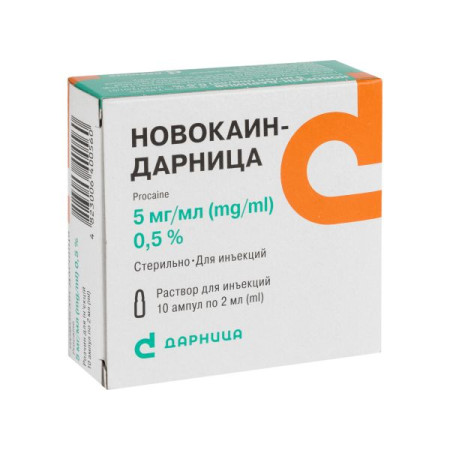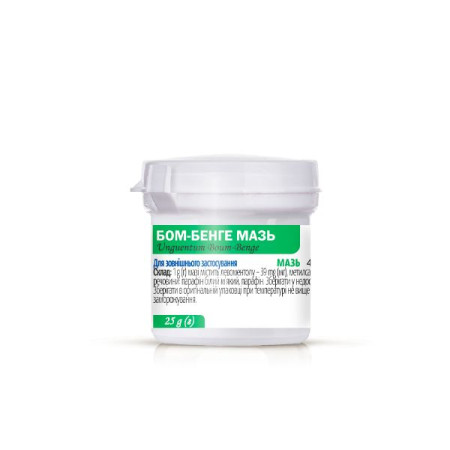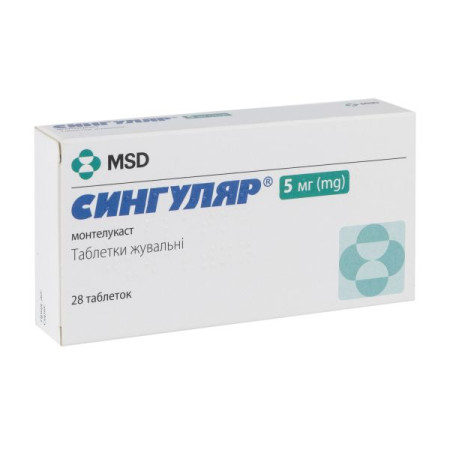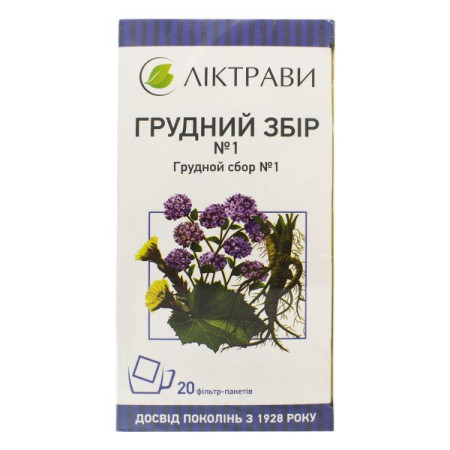Rinazolin nasal drops 0.1 mg/ml bottle 10 ml
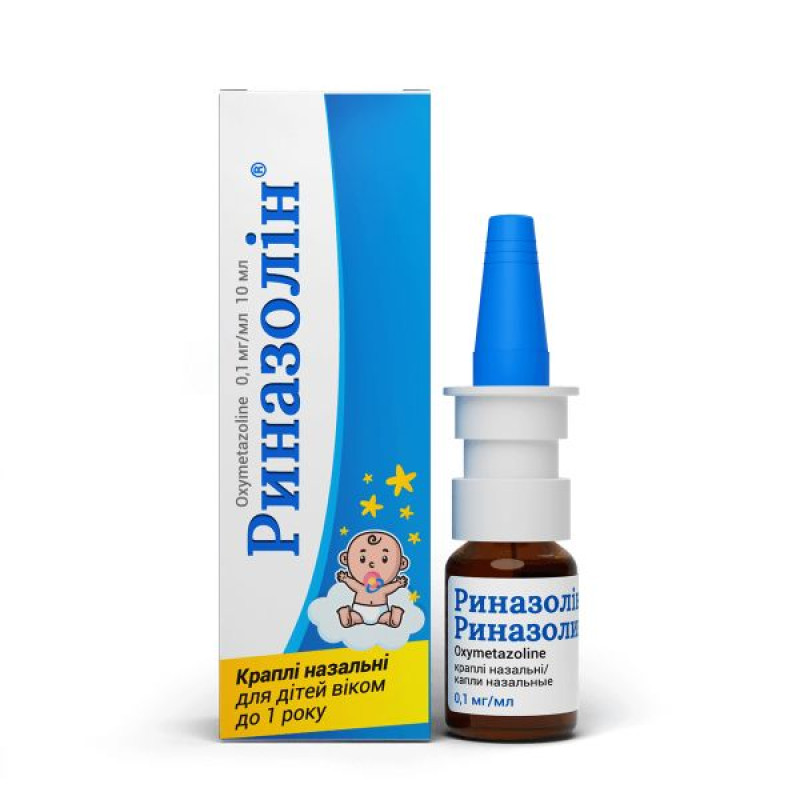
Pharmacological properties
Pharmacodynamics. Rinazolin belongs to the group of local vasoconstrictors. Oxymetazoline has a sympathomimetic and vasoconstrictor effect, eliminating swelling of the nasal mucosa. Narrows the vessels at the site of application, reduces swelling of the nasal mucosa and upper respiratory tract, reduces nasal discharge. Restores nasal breathing. Elimination of swelling of the nasal mucosa contributes to the restoration of aeration of the paranasal sinuses, middle ear cavity, which prevents the development of bacterial complications.
Oxymetazoline has antiviral, anti-inflammatory, immunomodulatory and antioxidant effects. Thanks to this combined mechanism of action, clinical studies have proven faster and more effective elimination of symptoms of acute rhinitis (nasal congestion, rhinorrhea, sneezing, malaise).
Pharmacokinetics. When applied topically to the nose in therapeutic concentrations, it does not irritate the nasal mucosa, does not cause hyperemia. T ½ is approximately 35 hours after application of the drug. 2.1% of the drug is excreted by the kidneys, approximately 1.1% is excreted in the feces.
The duration of action of the drug is up to 12 hours.
Indication
Acute rhinitis, allergic rhinitis, attacks of non-infectious vasomotor rhinitis; to restore drainage and nasal breathing in diseases of the paranasal sinuses of the nasal cavity, in eustachitis in children under 1 year of age associated with rhinitis. to eliminate edema before diagnostic manipulations in the nasal passages in children under 1 year of age.
Application
Immediately before using the drug, the bottle should be held in the palm of your hand to warm it to body temperature. Before administering the drug, the nose should be thoroughly cleaned. DO NOT tighten the cap tightly before use! Before the first use of the drug, the bottle cap must be tightened to form an opening. After instillation, the cap must be tightened tightly. Unscrew the cap, remove it and, slightly pressing on the bottle body, drip 1-2 drops of the solution into the nose. During instillation, the child's head should be tilted back. It is necessary to hold the dosed bottle upside down in front of the nasal passage and apply the drug into each nostril.
Rinazolin, nasal drops 0.01%, is intended for instillation into the nose.
Children from birth to 4 weeks should be prescribed 1 drop of Rinazolin in each nostril 2-3 times a day.
Children aged 5 weeks to 1 year - 1-2 drops of Rinazolin in each nostril 2-3 times a day.
A single dose of Rinazolin should not be used more than 3 times a day and for longer than 5-7 days. The drug should not be used in doses higher than recommended.
The drug Rinazolin is recommended for use in infants and children under 1 year of age. The required dose for infants with low body weight and premature infants should be determined by a doctor.
Children. Use Rinazolin 0.01% for children from birth to 1 year.
Contraindication
Hypersensitivity to the components of the drug. atrophic rhinitis. do not use after transsphenoidal hypophysectomy or other surgical interventions with exposure of the meninges. when using monoamine oxidase inhibitors (MAO) and within 2 weeks after stopping treatment with MAO inhibitors, as well as other drugs that contribute to the increase in blood pressure. with increased intraocular pressure, especially with angle-closure glaucoma. with severe forms of cardiovascular diseases (e.g. coronary artery disease, angina). pheochromocytoma. metabolic disorders (e.g. hyperthyroidism, diabetes mellitus). prostatic hyperplasia. porphyria.
Side effects
Side effects are classified by frequency of occurrence into the following categories: very common (≥10%), common (≥1 and 10%), uncommon (≥0.1 and 1%), rare (≥0.01 and 0.1%), very rare (0.01%) and isolated cases.
From the nervous system: very rarely - anxiety, insomnia, increased fatigue (drowsiness, sedation), headache, hallucinations (especially in children).
From the cardiovascular system: rarely - palpitations, tachycardia, arterial hypertension; very rarely - arrhythmia.
On the part of the respiratory system: often - nasal discomfort (e.g. burning) or dryness of the nasal mucosa, sneezing; infrequently - after the effect of the use of the drug Rinazolin ends, - a feeling of severe nasal congestion, nosebleeds; very rarely - apnea in infants and newborns.
From the musculoskeletal system: very rarely - convulsions (especially in children).
On the part of the immune system: infrequently - hypersensitivity reactions (angioedema, rash, itching).
Special instructions
Special caution is required when treating newborns and infants. In rare cases, serious adverse reactions (including apnea) have been reported in this age group after use of the drug in therapeutic doses. It is imperative to avoid exceeding the recommended doses.
Prolonged use and overdose of the drug should be avoided. Prolonged use of a nasal decongestant may lead to a weakening of the drug's effect. Abuse of this drug may cause mucosal atrophy and reactive hyperemia with rhinitis medicamentosa. Doses higher than recommended should be used only under medical supervision.
The presence of benzalkonium chloride in the composition of the drug in an amount of 18 mcg in one dose (4 drops: 2 drops in each nostril) can cause bronchospasm.
Pregnancy. During pregnancy and breastfeeding, the drug should be used with extreme caution. The recommended dose should not be exceeded.
Breastfeeding. Data on the penetration of oxymetazoline into breast milk are unknown. The drug should be used during breastfeeding only if the benefit/risk ratio is carefully assessed. During breastfeeding, the recommended dose should not be exceeded, as an overdose may reduce the amount of breast milk in a woman.
Ability to influence the reaction rate when driving vehicles or working with other mechanisms. After prolonged use of the drug in doses exceeding the recommended ones, a general effect on the cardiovascular system cannot be excluded. In such cases, the ability to drive vehicles or work with complex mechanisms may decrease.
Interactions
Do not use MAO inhibitors and other drugs that increase blood pressure, due to the risk of increased blood pressure. The combined use of other vasoconstrictor drugs increases the risk of side effects.
Overdose
After a significant overdose or accidental oral ingestion, the following symptoms may occur: mydriasis, nausea, vomiting, cyanosis, fever, cramps, tachycardia, palpitations, arrhythmia, cardiovascular failure, cardiac arrest, increased sweating, agitation, convulsions, ag, pulmonary edema, respiratory disorders, pallor, miosis, hyposmia, mental disorders.
In addition, CNS depression may occur, manifested by drowsiness, decreased body temperature, bradycardia, hypotension, apnea, and possible development of coma.
Therapeutic measures in case of overdose: gastric lavage, administration of activated charcoal, ventilation of the lungs. In case of lowering of blood pressure, phentolamine should be used. Vasopressors should not be taken. If necessary, anticonvulsant therapy is indicated.
Storage conditions
In a place protected from light at a temperature not exceeding 25 °C.
There are no reviews for this product.
There are no reviews for this product, be the first to leave your review.
No questions about this product, be the first and ask your question.




